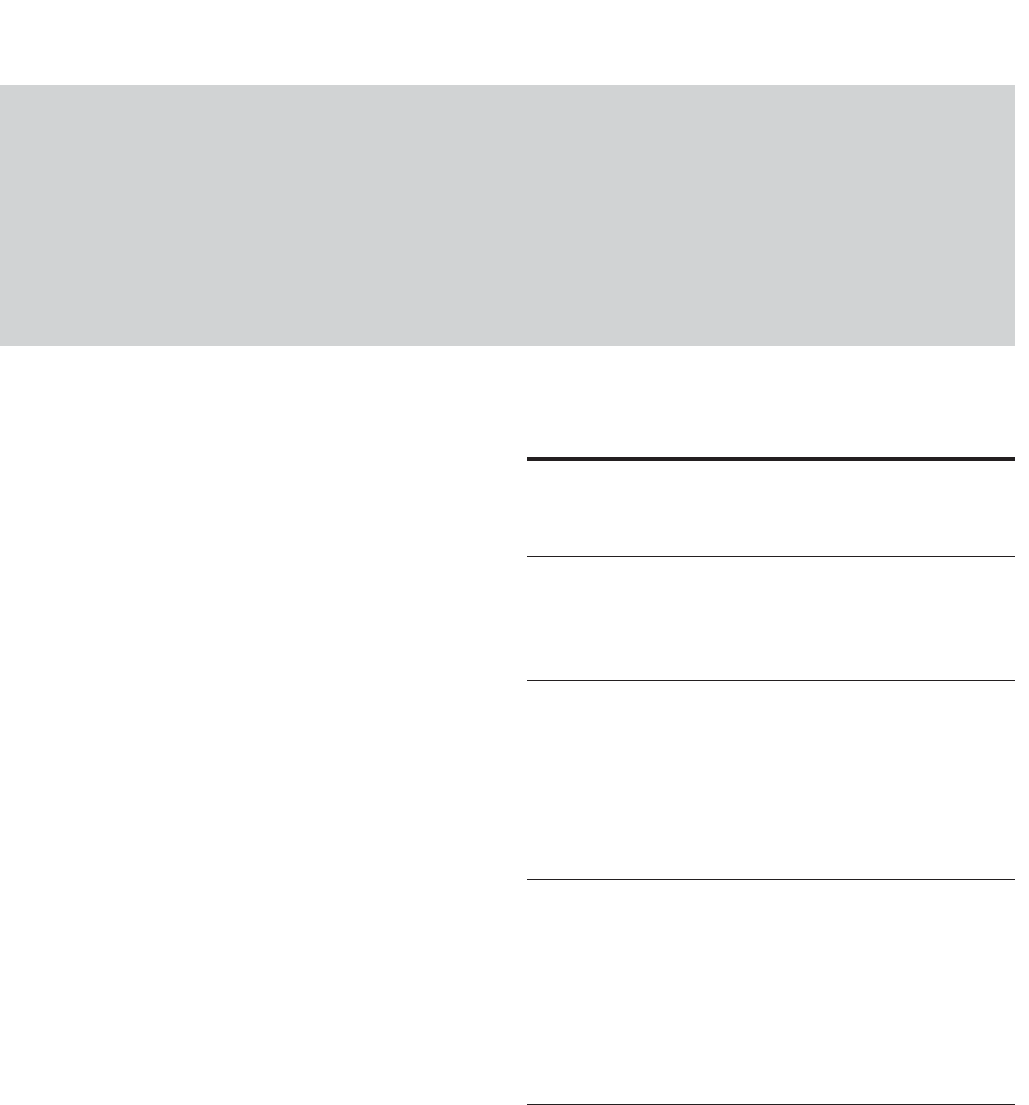
3
Overview
DFW-SX910/X710
Overview
The DFW-SX910 with its
1
/2-type PS IT CCD, and the
DFW-X710 with its
1
/3-type PS IT CCD are high-
resolution industrial-use digital video camera modules.
The IEEE1394–1995 digital interface realizes a
transfer speed of 400 Mbps and outputs SXGA (1280
× 960)/YUV (4:2:2)/7.5 fps with the DFW-SX910,
XGA (1024 × 768)/YUV (4:2:2)/15 fps with the DFW-
X710. In addition, the DFW-SX910/X710 also adopts
a primary color filter CCD to realize good color
reproducibility, as well as a square pixel CCD to
eliminate the need for aspect ratio conversion in the
image processor.
What is the IEEE1394?
The IEEE1394 is the standard serial bus for sending
and receiving digital data. It is prescribed as “IEEE*
Std. 1394-1995 IEEE Standard for a High Performance
Serial Bus.”
The most outstanding feature of this interface is that it
realizes transfer speeds of up to 400 Mbps and can
handle large image data size. The interface is also
capable of “Isochronous transmission” which transmits
data real-time, for up to 64 channels. Connectors can
be inserted and disconnected while the unit is turned
on, and no terminators and no ID settings such as those
necessary for the SCSI interface are required.
* The Institute of Electrical and Electronics Engineers, Inc.
Main Features
The DFW-SX910 video camera module
utilizes a
1
/2-type PS IT CCD, and the DFW-
X710 utilizes a
1
/3-type PS IT CCD
High-speed digital interface IEEE1394
The transmission speed is 400 Mbps. The DFW-
SX910 can output a digital image at 7.5 frames per
second; the DFW-X710 can output a digital image at
15 frames per second.
High-resolution
The DFW-SX910 (SXGA) has a high-resolution CCD
of 1.45 million pixels. The DFW-X710 (XGA) has a
high-resolution CCD of 800,000 pixels. Because the
CCDs are square pixel CCDs, you don’t need to
convert the aspect ratio in your image processing.
External trigger function
The external trigger shutter function allows the image
exposure to be coordinated with external equipment
and moving objects.
For exposure time, the unit is equipped with Trigger
Mode 0, which indicates the length of the exposure
using the shutter parameter, and Trigger Mode 1,
which controls exposure time by the width of the
trigger signal.
It is also able to utilize a software trigger initiated by a
command from a program running on a host computer.


















